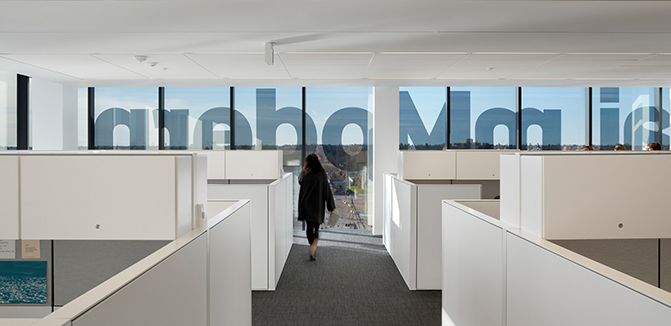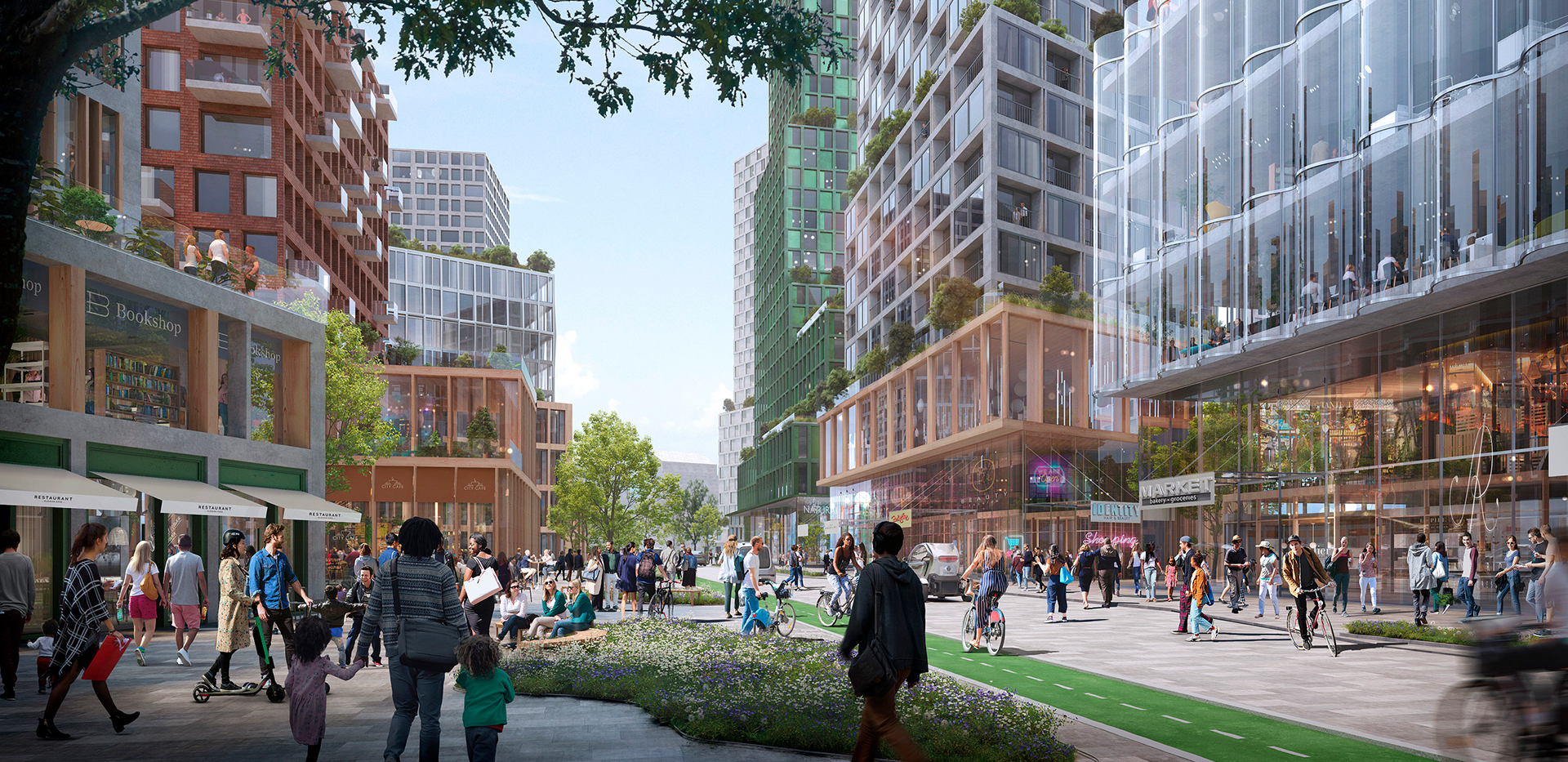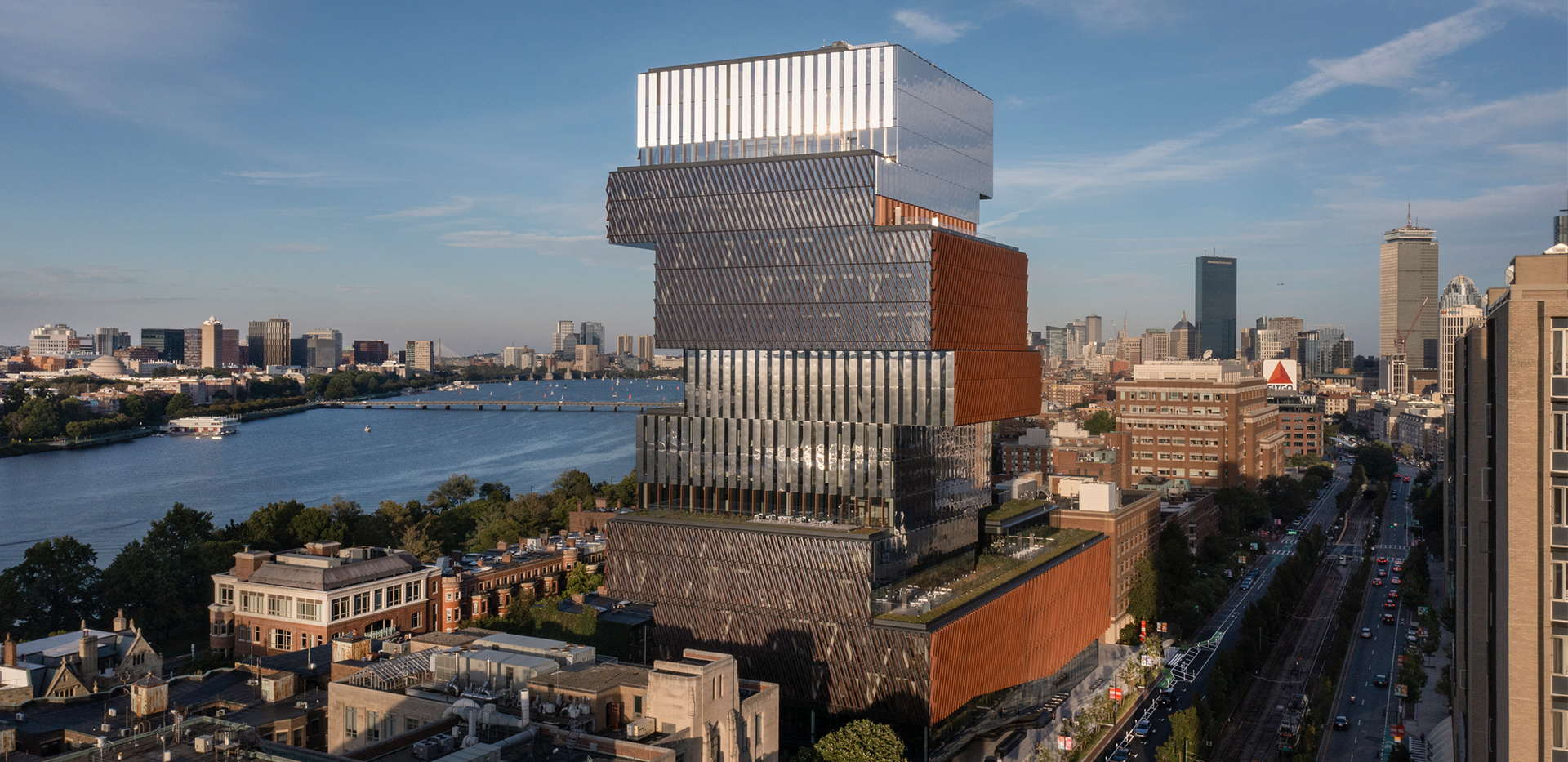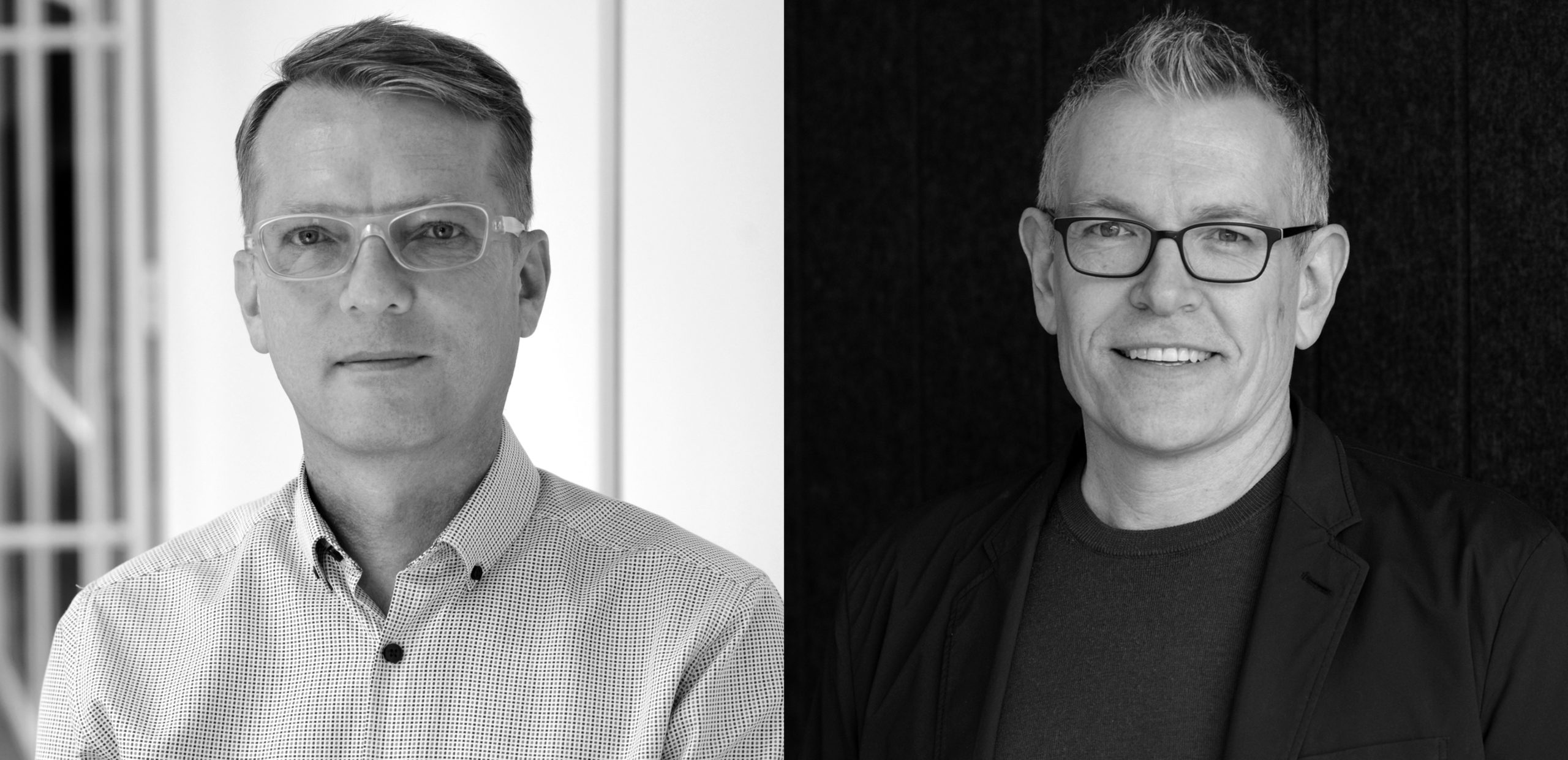Canadian Architect’s take on the Remai Modern transforming the prairie

Article content
Click here to view Canadian Architect
by Leslie Jen
Saskatoon, considered by many to be a charmingly scenic but sleepy community, was for most of its existence overshadowed by the country’s more glamorous urban centres. But times are changing for this prairie city of 270,000, with an economic reversal of fortune that has enticed both former residents to return and newcomers to settle, attracting substantial investment from outside the province. In fact, Saskatoon is one of the fastest-growing cities in Canada, supporting a flourishing entrepreneurial culture that has spawned the typical hallmarks of big-city sophistication such as boutique hotels and locavore-inspired restaurants and cafés.
Part of this story of transformation is the remarkable Remai Modern, which officially opened to the public on October 21, 2017. Saskatoon’s new civic art gallery replaces its much-loved but much-smaller predecessor, the Mendel Art Gallery, and occupies another waterfront site further down the South Saskatchewan River. It is the latest addition to River Landing, a phased development that takes into account Raymond Moriyama’s Meewasin River Valley 100-year conceptual master plan of 1978, which sought to balance conservation and development along 80 square kilometres of riverbank in Saskatoon and surrounding area. The unfortunate demolition of a number of historically significant buildings began as early as 1989, but did eventually pave the way for a revitalized South Downtown precinct with new office, retail and cultural facilities, along with an activated waterfront landscape that engages a diverse and growing community.
The gallery sits on a key piece of land just south of the downtown core where the river momentarily bends in an east-west orientation, occupying what the project’s lead designer, Bruce Kuwabara, calls a “privileged site.” Its central location in this reinvigorated, dynamic part of the city enjoys immediate adjacency to the scenic river and pedestrian pathways, offering up panoramic views of the entire city from its upper floors. However, the lack of a coherent master plan for River Landing that anticipated the inclusion of the gallery means that it is hemmed in on three sides: the hulking concrete mass of the neighbouring Idylwyld Freeway blocks western access to the site, and buildings of distressing mediocrity obscure the north and east aspects to an extent that the building is scarcely visible from any road leading to the gallery. Consequently, we are denied the anticipatory frisson of approach and arrival: only pedestrians and cyclists are lucky enough to take in the entirety of the building’s primary façade as they traverse the waterfront pathways to the south, and a distant perspective can be had from across the river in Rotary Park and on Saskatchewan Crescent East.
These considerable site constraints are addressed by designing the building as a series of stacked, overlapping and cantilevered boxes, reaching out towards the river and the city on both east-west and north-south axes. The cantilevered steel structure enables the creation of longer-span spaces required by the program, but also connects building to site in a very direct fashion, much as Frank Lloyd Wright’s Fallingwater does through multiple layers that merge with the landscape. Here at Remai Modern, views are panoramic and vast, and embrace the expansive flatness of the prairie.
As much as the primary elevation takes advantage of its river view and southern orientation, mitigation of the intense prairie sun and consequent heat gain required the mediating device of the copper-hued metal screen that sheathes the glass curtain wall. The screen is constructed of expanded metal plate—essentially a sheet of steel that is cut and pulled to create an open mesh. The apertures are angled in such a way as to draw the eye down, “curating the experience of the river and composing the view,” says Kuwabara. Compellingly, the mesh also animates the building’s interior with striking dappled patterns of light and shadow. As for its colour, Matthew Wilson, KPMB associate in charge of the project, said that it was inspired by the copper roof of Saskatoon’s Bessborough Hotel, the historic architectural icon that was completed in 1932. It also riffs on the materiality and colour of the nearby 1907 steel-and-concrete-truss Traffic Bridge that is currently being reconstructed following its closing in 2010 and subsequent demolition in 2016.
The well-proportioned interiors of the building are spare and elegant, with spaces that are comfortably scaled and appropriate for their function. High ceilings give sufficient breathing room for the art on display, and for ambulating the premises. Circulation outside the galleries continually focuses on the building’s primary southern orientation facing the river, and draws visitors repeatedly to that sublime view. Detailing of the interior is seamlessly executed and pristine. Gracefully expressed thin steel columns stand erect in measured cadence amidst a restrained palette of polished concrete floors alongside walls and steel balustrades painted in matte-finish black and white, balanced by the warmth and natural grain of white oak floors in the galleries. In parts, even soffits and wall panels are oak, perforated to ensure sound absorption and superior acoustic performance.
A soaring atrium in the ground-floor lobby draws the eye upwards and establishes a visual and spatial connection between the building’s volumes. Soft upholstered seating arranged casually in front of an extended fireplace and hearth creates a sort of living room, a social condenser that imparts a welcoming sense of intimacy. Opposite, a thoughtfully curated gift shop entices with art and design objects, next to an all-day full-service restaurant. Both shop and restaurant face the river directly and are suffused with light; in warmer months, an outdoor terrace running the entire length of the building expands the restaurant’s seating capacity.
The favoured architectural device of the stair is utilized to great effect in the atrium, creating a striking object within the space that seduces with its sculptural contours. The sleek white curving form of the balustrade is complemented by an underbelly of white oak, and the stair’s switchback configuration encourages a slow, meandering pace and contemplative engagement with the space. A pause on the landing provides an additional cinematic vantage point from which to appreciate the buzz, movement and activity of the lobby below.
Recognizing the paramount importance of the art and the critical relationship that it establishes with the viewer, the design team, working in close collaboration with executive director and CEO Gregory Burke, dedicated roughly 30 percent of the square footage to exhibition space—an unusually high percentage for such a large gallery. Temporary exhibitions occupy a ground-floor gallery, while several interconnected galleries on the second floor feature the institution’s significant permanent collection, drawn from nearly 8,000 works acquired by the Mendel Art Gallery over its lifetime. On the third floor, three generously sized rooms constitute the majority of the gallery’s exhibition space: the Feature Gallery currently displays a selection of 142 of the 406 Picasso linocuts in the holdings of Remai Modern, and two additional galleries accommodate a variety of excellent national and international works chosen by Burke and chief curator Sandra Guimarães.
Remai Modern is no less than dazzling, and elevates the quality of the city’s architecture to a level not seen since the 1960s with its confidence, elegance, gravitas and power. From an urban design perspective, the gallery anchors and brings coherence to a crowded River Landing site that is becoming denser by the day: intensive development sees the rapid rise just 50 metres away of a slick hybrid hotel/condominium project, to be joined by two office towers shortly thereafter. While all of this seems to support Bruce Kuwabara’s assertion that building Remai Modern was not just about the gallery, but rather “an act of making a city,” the question remains as to whether the project’s architectural merits and opening fanfare are enough to ensure the financial sustainability of the institution. The projected attendance figure of 220,000 visitors per year may be overly optimistic, and skeptics of the desired “Bilbao effect” doubt that travellers will make the journey to this relatively remote prairie city, no matter how extraordinary the art or architecture. Additionally, a $12 admission fee is hardly steep but may be inhibitory; the Mendel Art Gallery offered free admission and welcomed even the most impoverished through its doors year-round. Remai Modern will have to work hard to engage the local community and beyond to ensure that the ambition and scope of its undertaking does not become its undoing.
Related News
Downsview Framework Plan wins National Urban Design Award
April 17, 2024
)
)
)